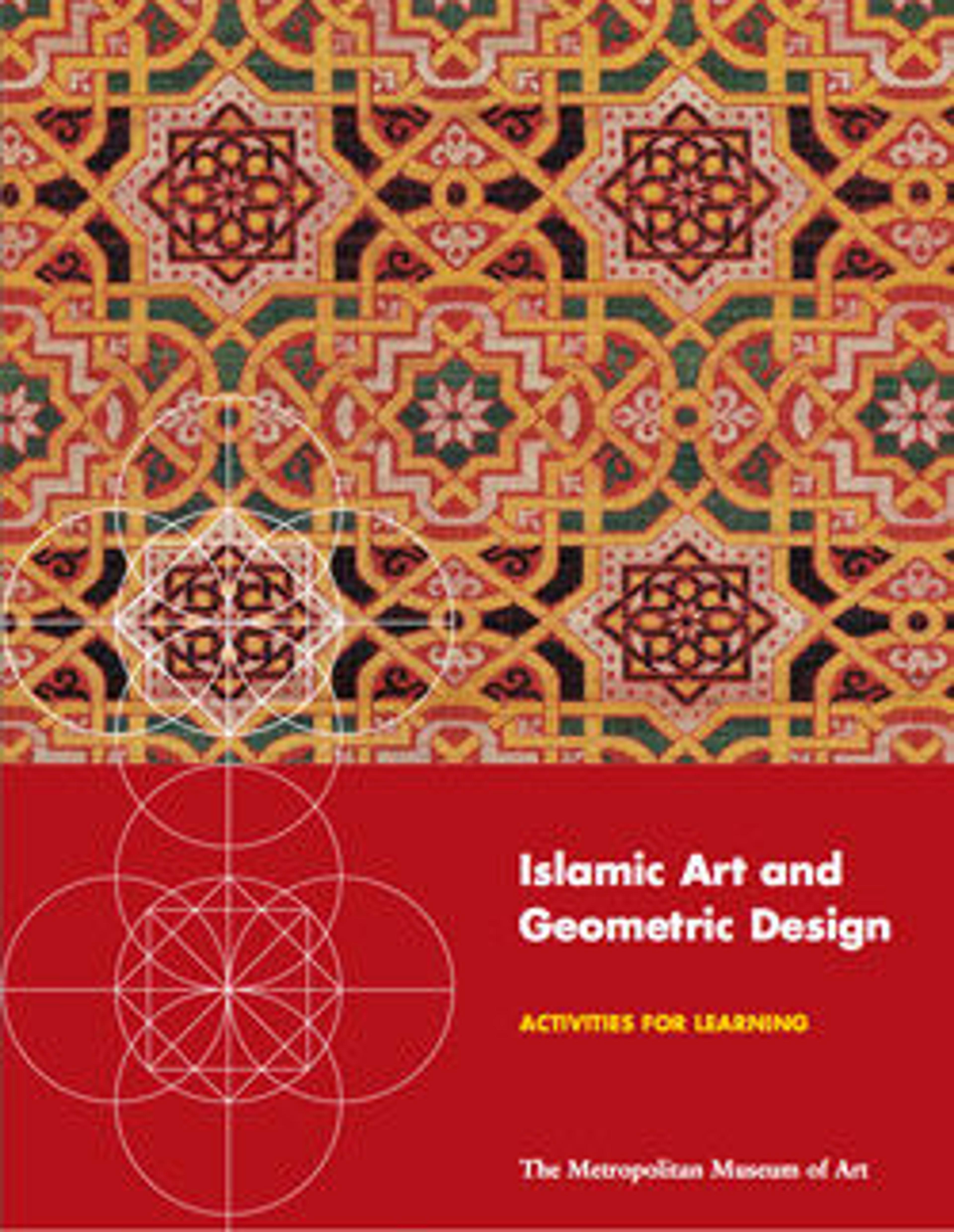Star-Shaped Tile
This eight-pointed star tile was probably originally part of a panel of star- and cross-shaped tiles, meant to decorate a wall. The vegetal design was drawn on a luster backdrop which would have caught the light, causing the patterns to shimmer. The effect would have been compounded by the number of tiles on the wall. The motif of cross-style leaf stalks resembles other tiles in the collection (41.165.18), indicating that it was likely a stock motif used by potters in Ilkhanid Iran. Tiles of this type contain a variety of inscriptions in Persian and Arabic, which may relate to the function of the buildings they decorated. This example has inscriptions from the Qur’an, Sura 93 (Ad-Dhuha) in naskh script which is directed to those who are facing hardship and is intended to console them with the promise of God’s mercy and justice.
Artwork Details
- Title: Star-Shaped Tile
- Date: 13th–14th century
- Geography: Made in Iran, probably Kashan
- Medium: Stonepaste; inglaze painted in blue and turquoise and luster-painted on opaque white glaze
- Dimensions: H. 8 in. (20.3 cm)
W. 8 in. (20.3 cm)
Wt. (the whole group): 51 kg (23.1 kg) - Classification: Ceramics-Tiles
- Credit Line: H.O. Havemeyer Collection, Gift of Horace Havemeyer, 1941
- Object Number: 41.165.20
- Curatorial Department: Islamic Art
More Artwork
Research Resources
The Met provides unparalleled resources for research and welcomes an international community of students and scholars. The Met's Open Access API is where creators and researchers can connect to the The Met collection. Open Access data and public domain images are available for unrestricted commercial and noncommercial use without permission or fee.
To request images under copyright and other restrictions, please use this Image Request form.
Feedback
We continue to research and examine historical and cultural context for objects in The Met collection. If you have comments or questions about this object record, please contact us using the form below. The Museum looks forward to receiving your comments.
